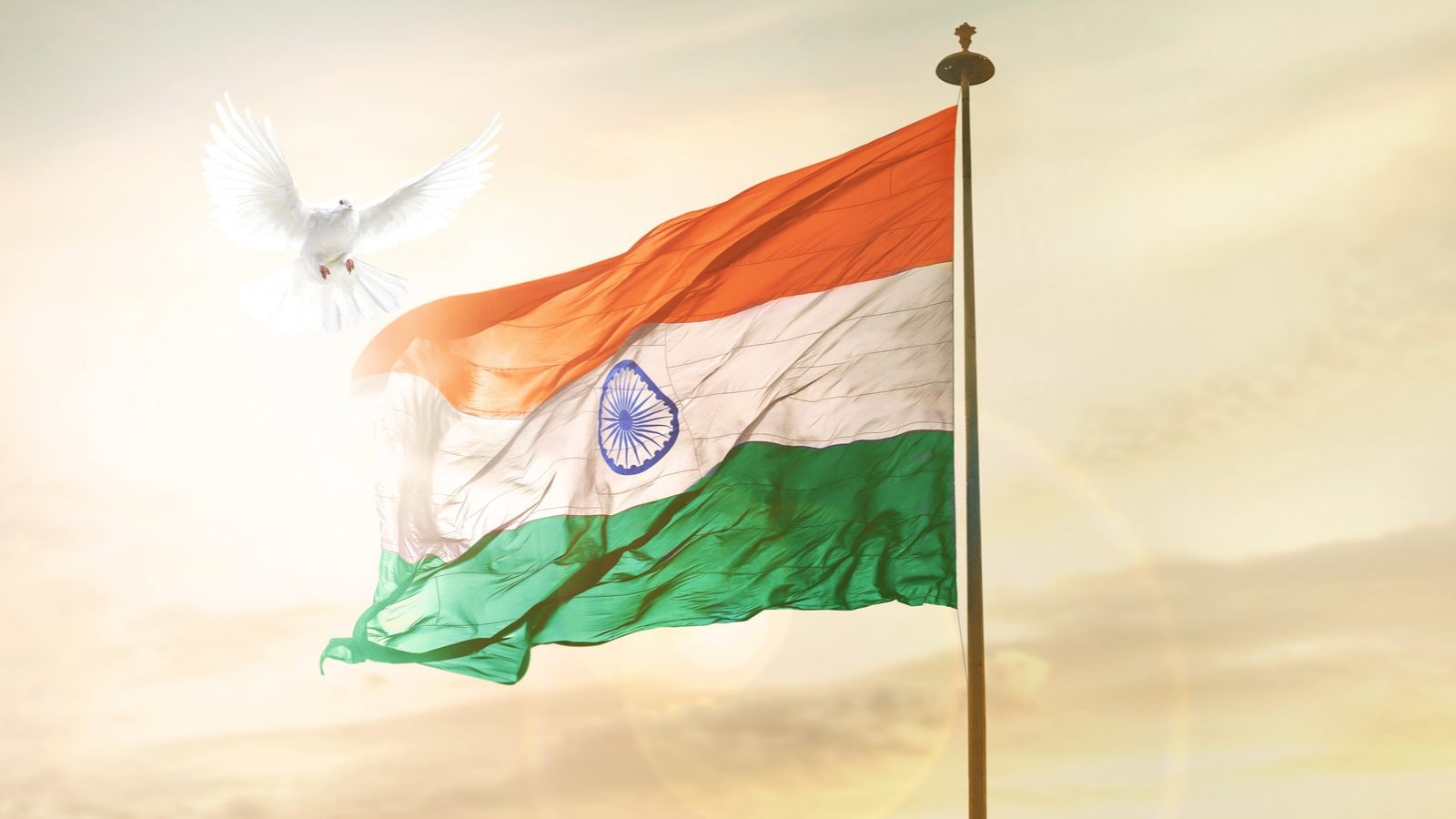Independence Day 2022: How did the National Flag Evolve to its Present Form?
Last Updated: August 14, 2022, 12:36 IST

Independence Day 2022: The journey of India’s national flag to finally settling on saffron, white, green colours with Ashoka Chakra at the centre was very long. (Representative image: Shutterstock)
Independence Day 2022: In 1907, Bhikaji Rustom Cama became the first person to hoist India’s national flag on foreign soil
HAPPY INDEPENDENCE DAY 2022: Analogous to India’s progress as an independent nation, the national flag of the country, too, went through major changes. What stands today as the nation’s pride, the tricolor has undergone several transformations before finally reaching its present form. The journey of India’s national flag to finally settling on saffron, white, green colours with Ashoka Chakra at the centre was very long.
ALSO READ: Top 75 Wishes, Messages, Images, Quotes, Logo and Slogans to Share and Celebrate India’s Freedom
As India celebrates 75 years of independence on August 15, let’s take a look at the timeline of the evolution of our national flag.
- 1906
An unofficial flag, containing a different set of colours, was hoisted as India’s flag on August 7, 1906, at the Parsee Bagan Square in Kolkata. The flag was of green, yellow, and red colours. The flag had a lotus flower imprinted on the green strip. The yellow strip had Vande Mataram written on it. The red strip contained a picture of a crescent moon and the sun. - 1907
Representing India at the International Socialist Conference in Berlin, Bhikaji Rustom Cama became the first person to hoist India’s national flag on foreign soil. The flag was a bit similar to the one hoisted in Kolkata. The green strip was replaced by saffron, the yellow remained the same, and the red trip was replaced by green. - 1917
Another version of the flag was hoisted by Dr Annie Besant and Lokmanya Tilak during the Home Rule Movement in 1917. The flag had alternating strips of red and green horizontally arranged. The flag also featured seven stars in the Saptrishi configuration. It also had the flag of Britain, tucked in one corner. - 1921
The All-India Congress Committee met in Vijayawada, Andhra Pradesh, and presented a flag containing red, green and white stripes. The two colours represented the two major communities – Hindu and Muslims – of the country, while the white comprised all other communities. It also featured a spinning wheel at the centre representing the development of the nation. - 1931
The spinning wheel stayed but the colours were changed to the shades that feature on the flag till date. The Indian National Army adopted the flag as their battle ensign. The colours were changed to eradicate any communal significance. - 1947
On July 22, 1947, the constituent assembly adopted the tricolor with Ashoka Chakra at the centre as the national flag of free India. Ever since that day, the flag has represented India across the globe, and every element’s significance has remained the same.
Read the Latest News and Breaking News here
For all the latest lifestyle News Click Here

